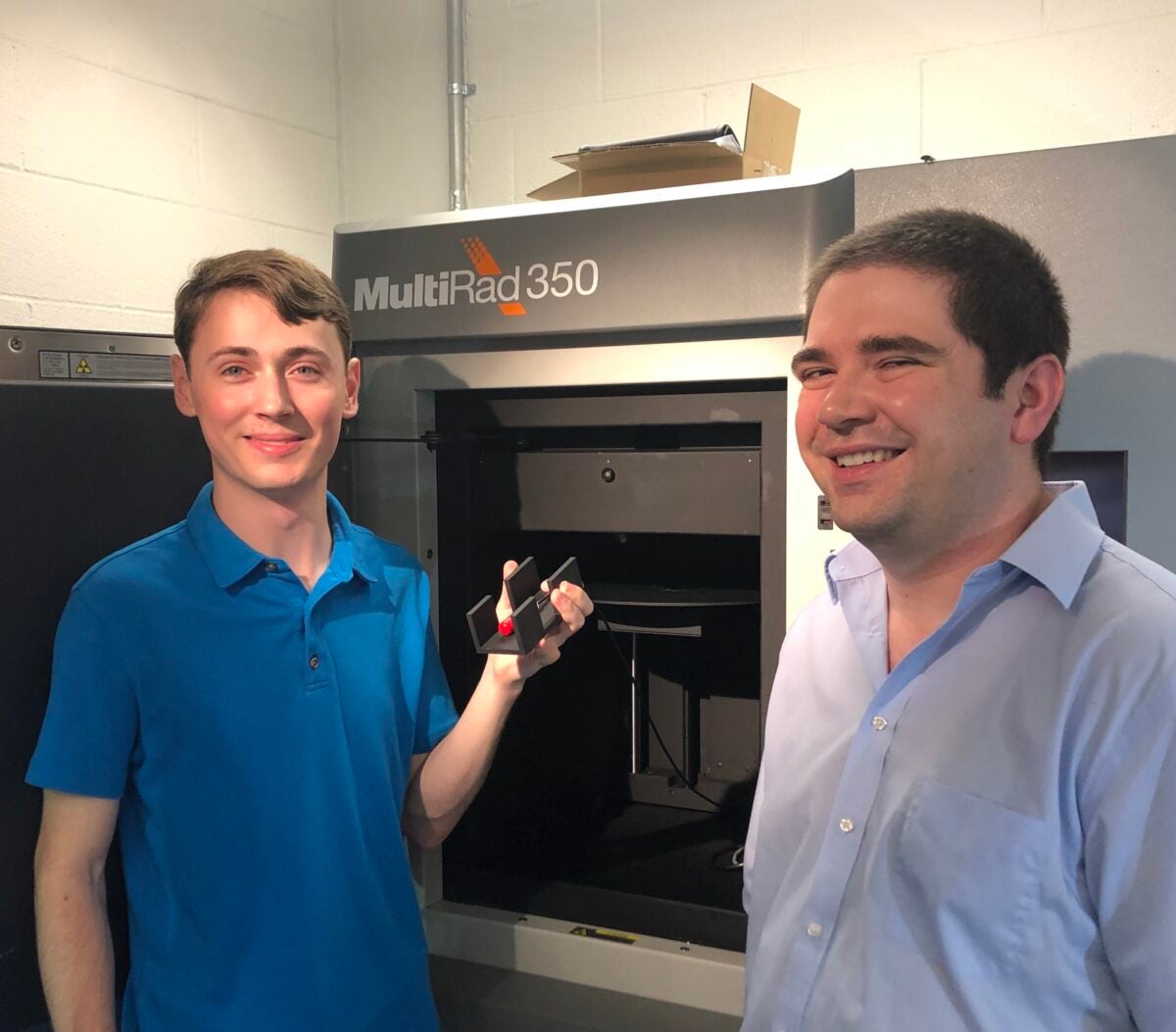Around the year 3000 BCE, an ancient Egyptian trauma surgery textbook now called the Edwin Smith Papyrus identified the first eight recorded cases of tumors in known history. Skip a few millennia, and a Greek physician by the name of Hippocrates gave these tumors the name carcinos or carcinoma, deriving from the word for “crab” due to the tumors’ leg-like protrusions. The history of the disease we’ve come to know as cancer is a long and deadly one (as that Egyptian textbook put it: “There is no treatment”). It’s true that the study of cancer is an ever-evolving one, with new discoveries and fallbacks happening on a frequent basis. While the cancer death in the United States rate has decreased 27% in the past 25 years, the American Cancer Society still predicted at the beginning of 2019 that there would be “a total of 1,762,450 new cancer cases and 606,880 deaths” nationwide. Biologists, chemists, and physicists alike have been working nonstop over the years to bring that number even lower, including URI’s own Michael Antosh.
Antosh is an assistant professor of physics at URI and the director of the medical physics master’s program, which, as he puts it, “offers training to people who are looking to work with radiation therapy for cancer or medical imaging.” That said, his main concentration is radiation and the application of physics in biology, and, during the time when he’s not teaching physics courses or managing recitations, Antosh can be found working in his lab with Ph.D. and undergraduate students making improvements to cancer treatment. His latest work started with nanoparticles invented by Dr. Wei Chen at the University of Texas at Arlington called copper-cysteamine nanoparticles. “These nanoparticles give off free radicals,” he explains, “when they interact with radiation. Free radicals are chemicals that cause damage when they interact with nearby objects.” In fact, according to the Maurer Foundation, free radicals are highly reactive molecules, their instability stemming from their possession of unpaired electrons, thus driving them to seek out and “steal” electrons from nearby molecules. Their ravenous trek through the body is what causes the damage Antosh refers to, leading to ailments such as Alzheimer’s disease, Parkinson’s, and, yes, cancer.
Viewing the copper-cysteamine nanoparticles as a means to a scientific breakthrough in the field of cancer therapy, Antosh led an experiment to test its effectiveness. “The goal of the experiments is to test a nanoparticle that could potentially make radiation therapy more effective at killing cancer,” he explains, as there are risks involved with radiation therapy. “Giving tumors radiation is very harmful to cancer cells, but it’s impossible to do radiation therapy without also causing some damage to healthy tissue,” he states, “Healthy tissue is damaged because radiation is made up of photons that interact at different depths, with different probabilities for each depth. If you can make radiation more effective on cancer, you could use less radiation overall and cause less damage to healthy tissue.”
The main experiment, conducted by Antosh’s students Samana Shrestha, Bindeshwar Sah, and Adam Vanasse, was executed by injecting the nanoparticles into tumors found in mice. They then irradiated the tumors, in turn measuring their size for several weeks after. “The work itself takes a long time,” he says, “even after every mouse is treated with radiation therapy, there are lots of tumor size measurements to do almost every day. The main result was that these nanoparticles can be used as part of a strategy to make radiation therapy more effective at killing cancer.” But what does this mean for the greater scientific community as a whole? “More work is needed, but it’s possible that the copper-cysteamine nanoparticles could eventually become a new material for making radiation therapy work better in humans,” Antosh states, “That’s definitely the goal.” His findings have been recorded in a paper published on August 1, 2019, in Proceedings of the National Academy of Sciences as a team effort between his lab, Dr. Wei Chen’s lab at UTA, Dr. Jing Wu of URI’s Statistics department, and Dr. Leon Cooper of Brown University. The search for the cure to cancer may be thousands of years in the making, but, thanks to Antosh and those in his field, a possible remedy might be closer than ever before.
~Written by Chase Hoffman, Writing and Rhetoric and Anthropology double major



